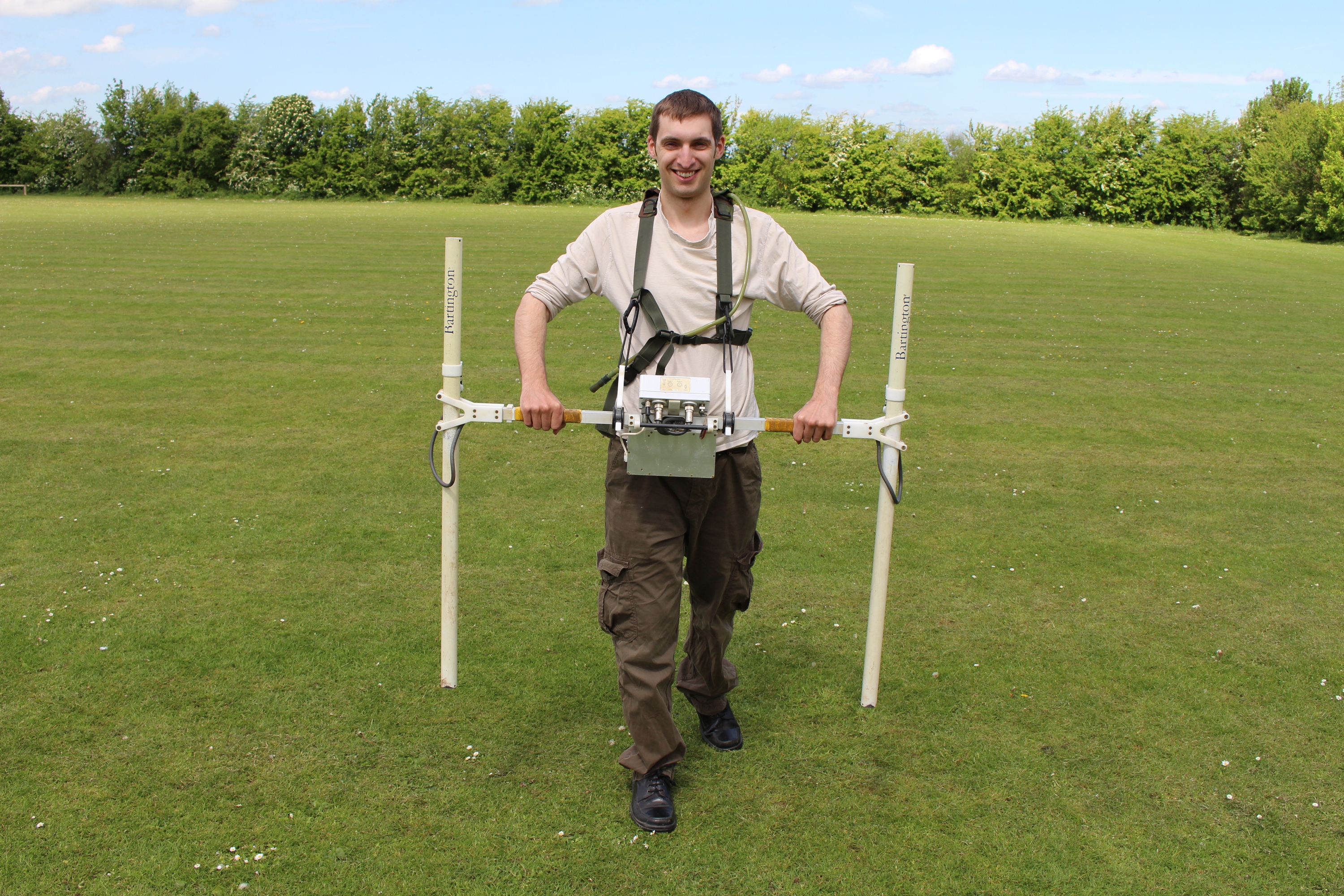All Categories
Featured
Table of Contents
Airborne Geophysical Measurements in Myaree Aus 2022
Much of the image includes blank areas now with little or no radar action. The "courtyard" wall is still showing strongly, nevertheless, and there are continuing suggestions of a tough surface area in the SE corner. Time piece from 23 to 25ns. This last slice is now nearly all blank, but a few of the walls are still revealing highly.
How deep are these slices? Regrettably, the software application I have access to makes approximating the depth a little challenging. If, nevertheless, the top 3 slices represent the ploughsoil, which is most likely about 30cm think, I would think that each slice has to do with 10cm and we are just coming down about 80cm in total.

Fortunately for us, most of the websites we are interested in lie just below the plough zone, so it'll do! How does this compare to the other approaches? Comparison of the Earth Resistance data (top left), the magnetometry (bottom left), the 1517ns time piece (leading right) and the 1921ns time piece (bottom left).
Geophysical Survey Permit Program in Swanbourne Australia 2023
Magnetometry, as gone over above, is a passive strategy measuring local variations in magnetism against a localised absolutely no value. Magnetic susceptibility study is an active method: it is a measure of how magnetic a sample of sediment could be in the presence of a magnetic field. How much soil is evaluated depends on the diameter of the test coil: it can be extremely little or it can be fairly large.
The sensor in this case is really little and samples a tiny sample of soil. The Bartington magnetic susceptibility meter with a big "field coil" in use at Verulamium during the course in 2013. Top soil will be magnetically boosted compared to subsoils simply due to natural oxidation and decrease.
By determining magnetic vulnerability at a fairly coarse scale, we can discover areas of human profession and middens. We do not have access to a dependable mag sus meter, however Jarrod Burks (who helped teach at the course in 2013) has some excellent examples. Among which is the Wildcat site in Ohio.
Hydrographic And Geophysical Surveys in Marmion Aus 2023
These villages are frequently set out around a central open area or plaza, such as this rebuilt example at Sunwatch, Dayton, Ohio. Sunwatch Village, Dayton, Ohio (picture: Jarrod Burks). At the Wildcat site, the magnetometer survey had actually found a range of functions and homes. The magnetic vulnerability study assisted, nevertheless, define the primary location of occupation and midden which surrounded the more open area.
Jarrod Burks' magnetic vulnerability survey results from the Wildcat site, Ohio. Red is high, blue is low. The technique is for that reason of terrific usage in specifying locations of general occupation rather than recognizing particular features.
Geophysical surveying is an applied branch of geophysics, which utilizes seismic, gravitational, magnetic, electrical and electromagnetic physical methodologies at the Earth's surface to measure the physical properties of the subsurface - What Are Geophysical Surveys & Why Do They Matter in Manning Western Australia 2021. Geophysical surveying methods normally measure these geophysical properties in addition to anomalies in order to evaluate different subsurface conditions such as the presence of groundwater, bedrock, minerals, oil and gas, geothermal resources, voids and cavities, and far more.
Table of Contents
Latest Posts
Geophysical Survey In Archaeology in Samson WA 2023
Geology Careers: Degree Requirements, Cost & Salary in Subiaco Western Australia 2022
Geophysical Surveys: Definition & Methods in Armadale Western Australia 2022
More
Latest Posts
Geophysical Survey In Archaeology in Samson WA 2023
Geology Careers: Degree Requirements, Cost & Salary in Subiaco Western Australia 2022
Geophysical Surveys: Definition & Methods in Armadale Western Australia 2022